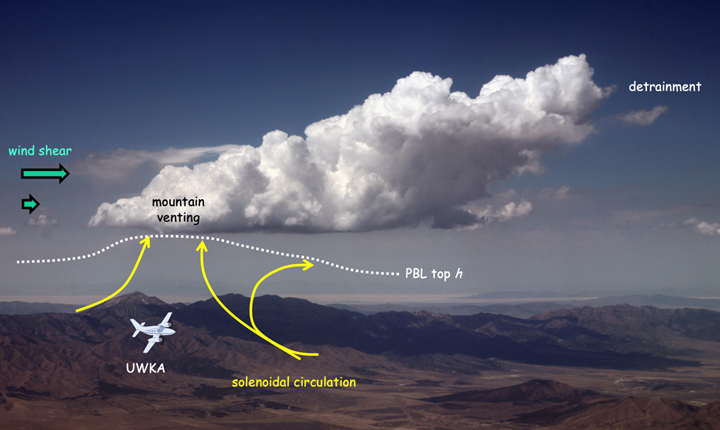Contact Us




University of Wyoming,
Atmospheric Science,
EN 6034
Dept. 3038
1000 E. University Ave.
Laramie, WY 82071
Phone: (307)766-3245
Email: jfrench@uwyo.edu
Mesoscale and Boundary Layer
Atmospheric Science

Current research efforts in mesoscale and boundary-layer dynamics utilize novel numerical and observational techniques. Airborne in situ and Doppler and Raman lidar data are collected in various boundary layers, e.g. over complex terrain, to reveal cloud or mountain-scale circulations and the associated temperature and humidity anomalies, in order to quantify exchanges with the free troposphere. High-resolution model simulations are utilized to understand the connection between the micro-scale (cloud microphysics) and mesoscale motions, particularly in convective clouds. Several other key problems in the fields of mesoscale and boundary-layer dynamics are being explored using state-of-the-art observations, including stratified flow over complex terrain, coherent boundary-layer circulations (especially in cold-air outbreaks over water), and the initiation of deep convection (Geerts). These observational efforts rely heavily on the Wyoming Cloud Radar and other remote sensors onboard the University of Wyoming King Air.
Contact Us




University of Wyoming,
Atmospheric Science,
EN 6034
Dept. 3038
1000 E. University Ave.
Laramie, WY 82071
Phone: (307)766-3245
Email: jfrench@uwyo.edu
